CAPE INFERNOS PART 1
Taking stock — staggering scale of Western Cape wildfires as fire season continues to rage
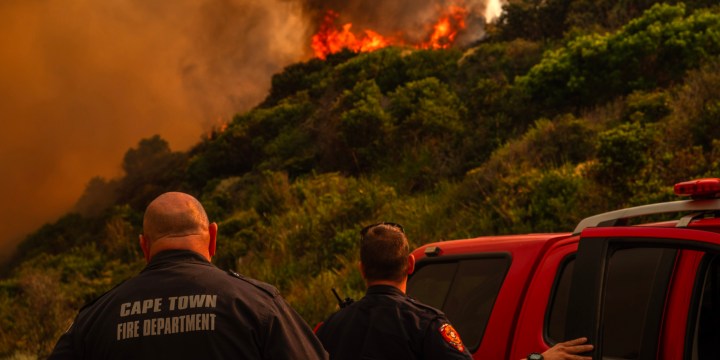
In a world grappling with the escalating threat of wildfires, Daily Maverick digs into the economic toll and scope of what has been described as one of the most intense wildfire seasons in the Western Cape so far.
Between 1 December 2023 and 31 January 2024, more than 6,000 fires have chewed through nearly 100,000 hectares, making this fire season one of the most active in years. With the fire season in the Western Cape traditionally running from December through April, the season is only now nearing its halfway mark.
Officials warned in November last year that the 2023/24 fire season in the Western Cape would be a difficult one, due to increased temperatures, stoked by the El Niño weather pattern, and dry, windy conditions, as well as human negligence. It was widely expected to be the worst fire season since 2014/15, when a string of fires hit the Cape Peninsula, 500 people were evacuated and tens of thousands of hectares were charred.
Thousands of firefighters from the Cape metro and other district municipalities, NCC, Working on Fire, Volunteer Wildfire Services and Leading Edge Aviation have been called in to help contain the fires and prevent them from destroying homes and farmland. Hundreds of fire vehicles have been dispatched and thousands of litres of water have been used to douse flames.
Wouter Kriel, spokesperson for Western Cape local government MEC Anton Bredell, told Daily Maverick that between 1 December 2023 and 31 January 2024, there had been 6,429 veld fires in the province.
A wildfire is defined in the Integrated Fire Management Handbook, as “a vegetation fire accidentally or deliberately ignited but burning out of control, including veld and forest fires.” The wildfire figures being referred to in this article do not account for structural fires such as informal settlement fires or formal residential fires.
Kriel said that an estimated total of 103,262 hectares of land had been scorched. For context, in December 2022, less than 10,000 hectares were burnt, and less than 18,000 in January 2023.
Considering the current trend, this season may come close to surpassing the 2014/15 fire season when 133,129 hectares were burnt
Working on Fire (WoF) managing director Trevor Abrahams said that while this is not the worst fire season so far in the Western Cape on record, the province is having an “intense” season. WoF typically deals with large-scale wildfires across the country, not necessarily attending to all small-to-medium-sized vegetation fires.
“We’ve started off quite vigorously in the Cape Peninsula already. What has been unique this time has been the number of start-ups on the Cape Peninsula,” he said.
‘Everything was left there’
The Kluitjieskraal fire, this year’s largest in the Western Cape so far, tore through the mountainous regions of the Breede River Valley last month. The fire which began on Monday, 22 January, southeast of the town of Wolseley, swept across 27,200 hectares over 11 days.
Once it was ignited, three major factors shaped its form and determined firefighting abilities: the land’s typography, weather (wind and temperature) and the presence of fuels.
Fueled by strong winds, arid alien vegetation and aged fynbos, the fire quickly accelerated into the mountains.
“The ignition started in extremely high wind,” conservation manager of Cape Nature’s Limietberg Nature Reserve, Patrick Shone told Daily Maverick, on 28 January. He said the southeaster pushed the flames over the mountain towards Gouda.
The fire swelled overnight and on Tuesday, 23 January, officials estimated 6,000 hectares had already burned. “It had consumed 6,000 hectares in 12-to-14 hours, so that gives you an indication of its rapid expansion,” said Shone.
Read more in Daily Maverick: Worcester battles farm fires: ‘We all have to work together’
After scaling the mountain, the fire then moved near Silwerfontein Guest Farm and on towards Vogelvlei Yacht Club, near Voëlvlei Dam, where it reduced 29 homes to rubble.
Leslie Fasser (70) and his wife Denise (73) were sleeping when the fire approached their home in Vogelvlei Yacht Club around 1am on Tuesday, 23 January. Panicked after being awoken and being told to evacuate, Leslie managed to grab his wallet, cell phone and ID, while Denise searched for the couple’s dogs and cat.
As the flames inched closer, the couple packed up their dogs (the cat remained missing at the time of the interview), left their home, and fled to the water’s edge where other residents were gathering.
“Everything was left there,” said Denise, who left her house with the clothes on her back. “I was only wearing a nightie and I slipped my feet into a pair of flip-flops.
“We had to get to the water’s edge — the edge of the dam — so we could park our cars there. Everyone who was a resident at the time parked their cars down there and we just sat in our cars and we just watched our homes burn down. It was horrifying,” she said.
Denise described hearing, amid the howling wind, the popping of gas bottles inside houses as they went up in flames.
The house the Fasser’s lost that night was their only property. It had been home for six-and-a-half years.

27,200 hectares burnt over 11 days. The wildfire started on 22 January and edged close to farms in Worcestor. Farmers and farm workers came together to save their properties near Witelssrivier in Worcester on 28 January, 2024. (Photo: Shelley Christians)
Denise said of the 29 homes that were destroyed, 11 were lived in permanently.
“They’ve never had a fire that has destroyed houses there in 35 years. So that’s why, you know, I had insurance on fire and theft but when Covid-19 happened, I had no income, my wife had no income, so I cancelled the insurance. And then I didn’t restart the insurance for fire and theft because there’s never been a fire that has destroyed the homes,” said Leslie.
They said that, financially, they’ll never be able to recover from this.
“It’s not easy at our age — it’s not easy to start again. We’ll never be able to have what we had before, but we’ll just make do and move forward,” said Denise.
“Emotionally — with time. I think we’ve got to go through a mourning process,” said Denise. “And actually mourn for, not only the things we lost — for our memories. And our memories that we had in the home, and things of sentimental value. That you can never get back. But you know, time heals, time heals, and hopefully emotionally, we’ll get stronger with each passing day.”
In all, 44 structures were lost in the Kluitjieskraal fire. No injuries or deaths were reported.
Cape Winelands District Municipality’s (CWDM) spokesperson Jo-Anne Otto said at the height of the operation the crew complement consisted of 19 fire vehicles and crew from CWDM’s fire services and the fire services of Witzenberg and Drakenstein municipalities. She said there were 168 ground crew members from CWDM’s contracted ground team from NCC and teams from Cape Nature’s contracted ground teams, WoF. Five helicopters from various contracted agencies were used to douse the flames.
CWDM has a fire and rescue budget of just over R80-million. The 11-day fight to contain the Kluitjieskraal fire is expected to make a significant dent in this.
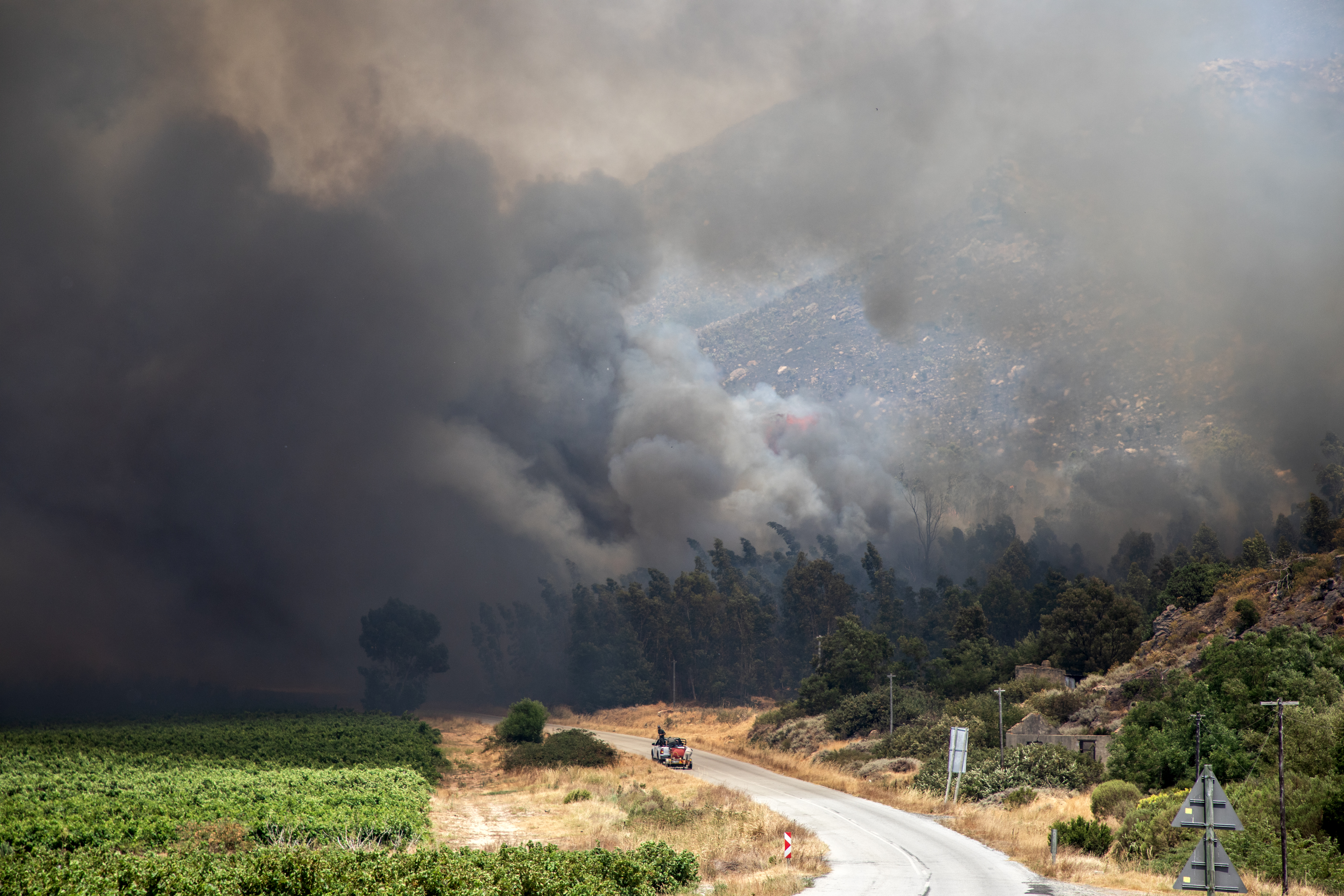
The Kluitjieskraal wildfire moves down the mountainside and reaches a patch of alien vegetation on Slanghoek Road, threatening nearby vineyards on 28 January, 2023. (Photo: Victoria O’Regan)
Counting the cost
The Castle Rock fire — Cape Town’s largest wildfire of 2023 — which began on the slopes of Simon’s Town mountain, scorched more than 3,500 hectares of veld in December last year. In trying to contain the blaze, the City of Cape Town launched the “biggest coordinated attack on a fire line” that the city had ever seen, according to officials.
SANParks recorded a total of 24 vegetation fires in Table Mountain National Park in December 2023, and 38 in January 2024.
“The greatest challenge in the fire season was the period between 19 to 27 December with the Castle Rock fire (also known as the Simon’s Town fire), Glencairn fire and two Hout Bay fires. These fires occurred over a 10-day period simultaneously and were fanned by extreme winds and high heat conditions at times,” said SANParks spokesperson Lauren Clayton.
“What further made these fires so challenging to contain was the technical nature of the fire, largely due to the steep terrain, limited safe access for firefighting vehicles and ground crews, extreme weather shifts, close proximity of residential areas and invasive vegetation in places,” she said.
In a statement on 4 February, City of Cape Town mayoral committee member for safety and security, JP Smith said “the statistics between October and January point to one of the busiest periods for the city’s fire and rescue service in the last four years, with 13,087 incidents responded to” — of which 7,190 were vegetation fires.
In the Overberg, several large-scale fires have burned more than 16,600 hectares in two months. Overstrand Municipality has responded to fires in areas including Pringle Bay, Gansbaai and Buffeljags.
The Hangklip and Buffeljags fires both began in sweltering heat and strong wind conditions on Monday, 29 January.
Read more in Daily Maverick: ‘Almost apocalyptic’ — Pringle Bay evacuated after another Western Cape inferno
Overstrand Municipality issued a full evacuation order for Pringle Bay, a coastal town in the Overberg region, at midday on Tuesday, 30 January, as the Hangklip fire raged near homes. Additionally, a precautionary evacuation measure was issued for Pearly Beach Resort as firefighters fought to contain the Buffeljags fire. Hazardous fire conditions also prompted road closures in the areas.
“We evacuated for the very simple reason that we don’t know where the wind is going. So rather have people safe, rather than sorry,” Overberg District Municipality mayor Annelie Rabie told Daily Maverick.

Hellish scenes of the sun, covered in heavy smoke, as the hill burns in Murdock Valley on 20 December, 2023. (Photo: Kyra Wilkinson)
Overstrand Municipality confirmed to Daily Maverick that in the Hangklip fire, three homes were destroyed, two outbuildings at the Hangklip Hotel were destroyed, one stoep was burned and multiple houses and infrastructure sustained heat and smoke damages.
No damages were reported in the Buffeljags fire.
The municipality’s wildfire response budget for 2023/24 is R525,606. Overstrand municipal manager Dean O’Neill said the final cost for responding to the Buffeljags and Hangklip fires will only be available “once the mop-up operations have been completed, and all invoices submitted and reconciled”.
“But the aerial support alone is in the vicinity of around R1.4-million, with a further R600,000 for the ground support teams,” he said.
These firefighting resources are possible through the collaboration and coordination of the Western Cape government, surrounding municipalities, and contractors.
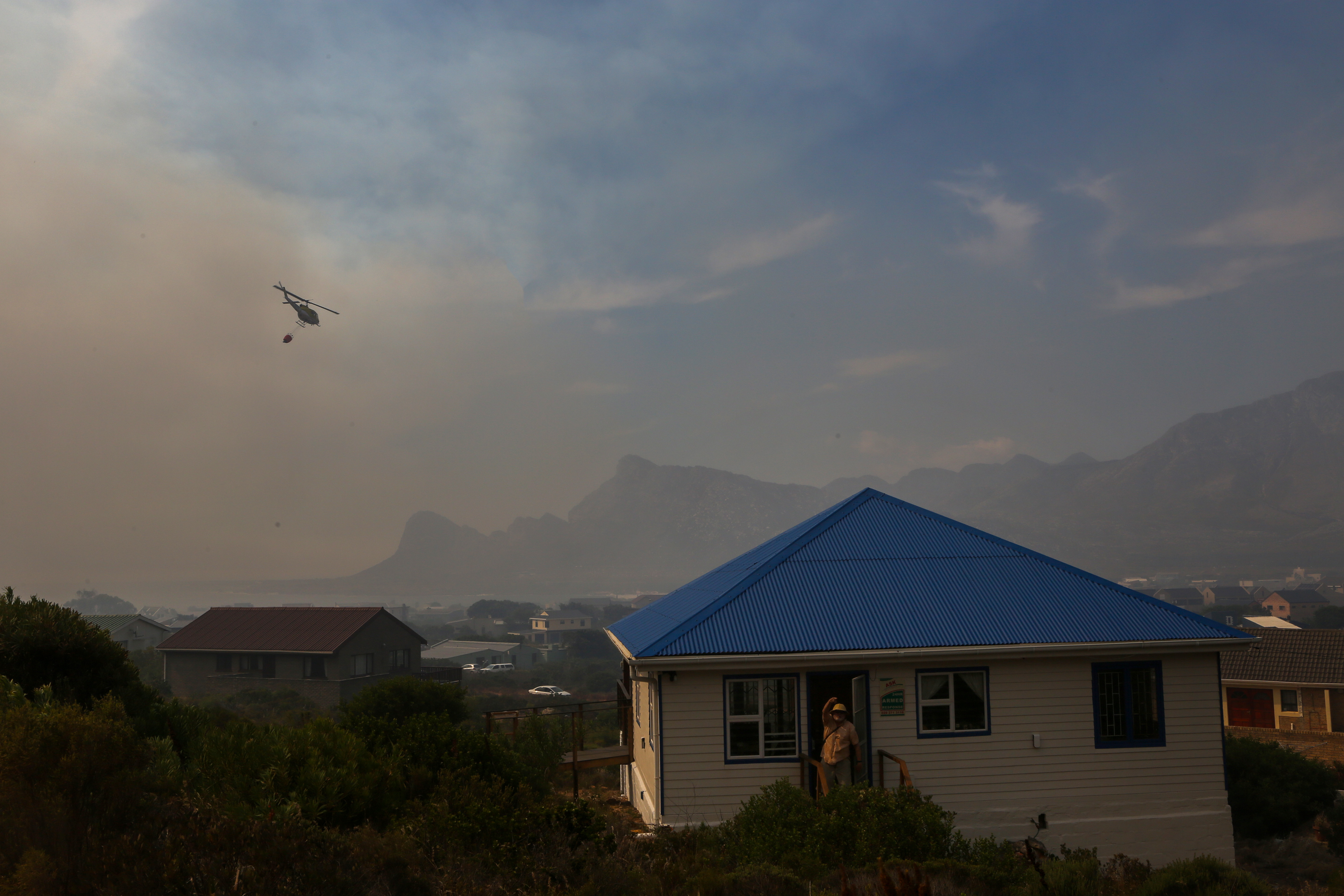
Hector Santos watches as helicopters waterbomb the fire opposite his home in Pringle Bay. He refused to leave after an evacuation order was issued for Pringle Bay by the Overstrand Municipality. (Photo: Shelley Christians)
‘Fighting fires is expensive’
Firefighting has always been expensive, but this year’s fire season in the Western Cape is proving to be even more so than initially budgeted for.
Since 1 December, the Western Cape government has forked out more than R19-million trying to put out fires.
The provincial government had budgeted R16-million for wildfire responses this year — an increase from R14.5-million the previous year. This excluded the budgets from municipalities and other entities, Western Cape local government MEC Anton Bredell told reporters last November.
On 17 January, the provincial government announced that it would increase its wildfire budget from R16-million to R19-million, after it had all but dried up. (The R19-million fire budget only refers to aerial firefighting.) The additional R3-million was exhausted by the end of the month.
The provincial government on 1 February, approached the National Disaster Management Centre to declare the wildfires in the province a provincial disaster, saying in a statement it “will empower the Premier and the Minister of Finance to move funding as and when we need it to sustain our firefighting efforts”.
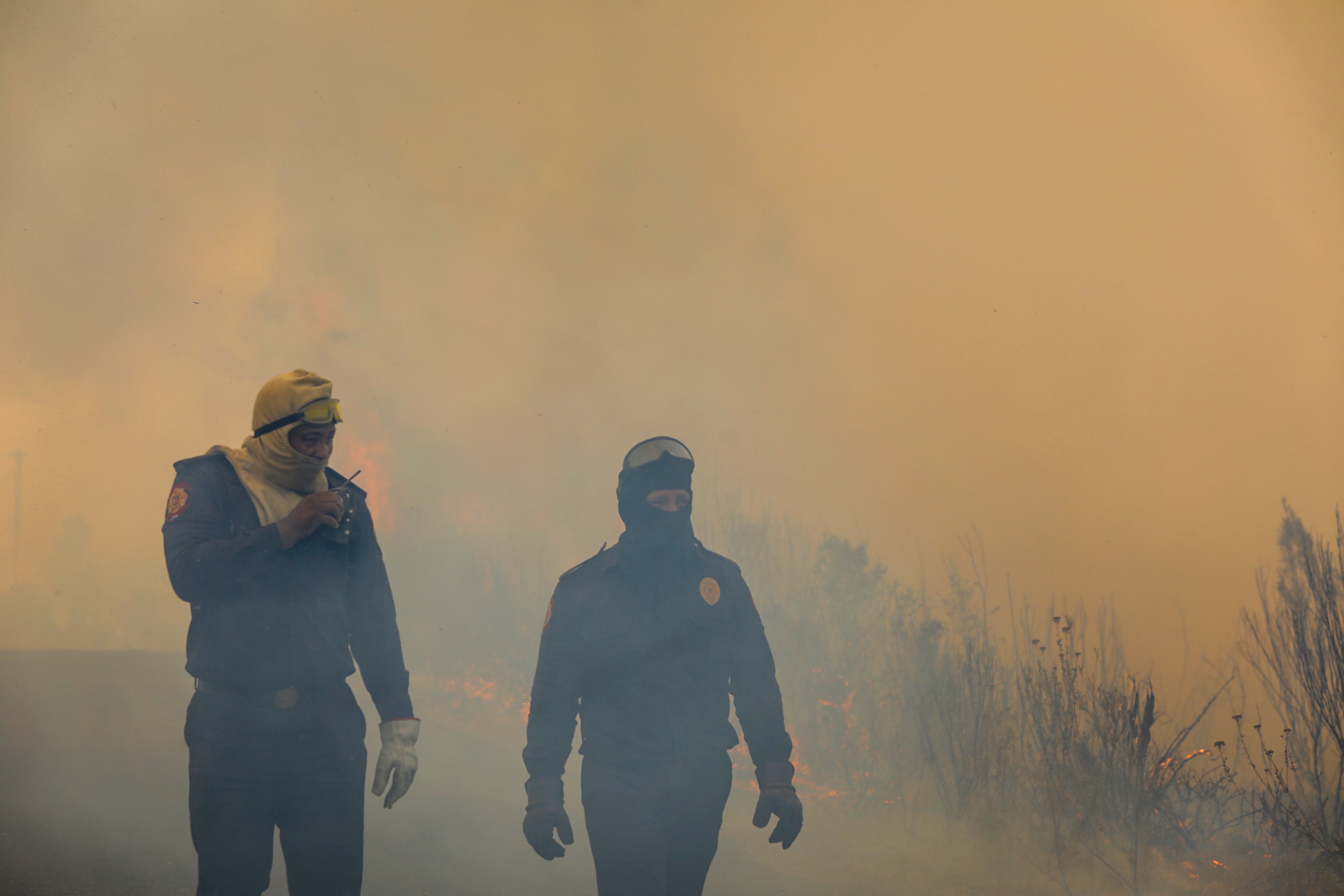
Firemen during the Kluitjieskraal fire, which began near Wolseley in the Western Cape, consumed 20,000 hectares of vegetation in seven days, making it the largest wildfire in the province so far this year, officials said, on 28 January 2023. (Photo: Shelley Christians)
“Fighting fires is expensive,” said Abrahams.
In December 2023, WoF dropped about 5.8 million litres of water on fires in the Western Cape. In January, it dropped 4.1 million litres. Combined, that’s about enough water to fill four Olympic-size swimming pools.
WoF’s helicopters, bombers and spotter planes were in the air for about 602 hours in December, and 459 hours in January. In all, that’s about 44 days worth of flying.
Aerial support has been described as the most expensive aspect of firefighting. Chief director of Western Cape disaster management, Colin Deiner previously told Daily Maverick that it can range between R30,000 to R80,000 to keep a chopper in the air per hour.
In the Western Cape alone, WoF crews responded to 36 fires in December, with a total of 1,231 firefighters deployed. The cost of responding to these fires, according to the Department of Forestry, Fisheries and Environment spokesperson Peter Mbelengwa, was R5.3-million. In January, WoF crews responded to 52 fires, with a total of 292 firefighters deployed.
Mbelengwa was unable to provide details on the cost of responding to these fires.
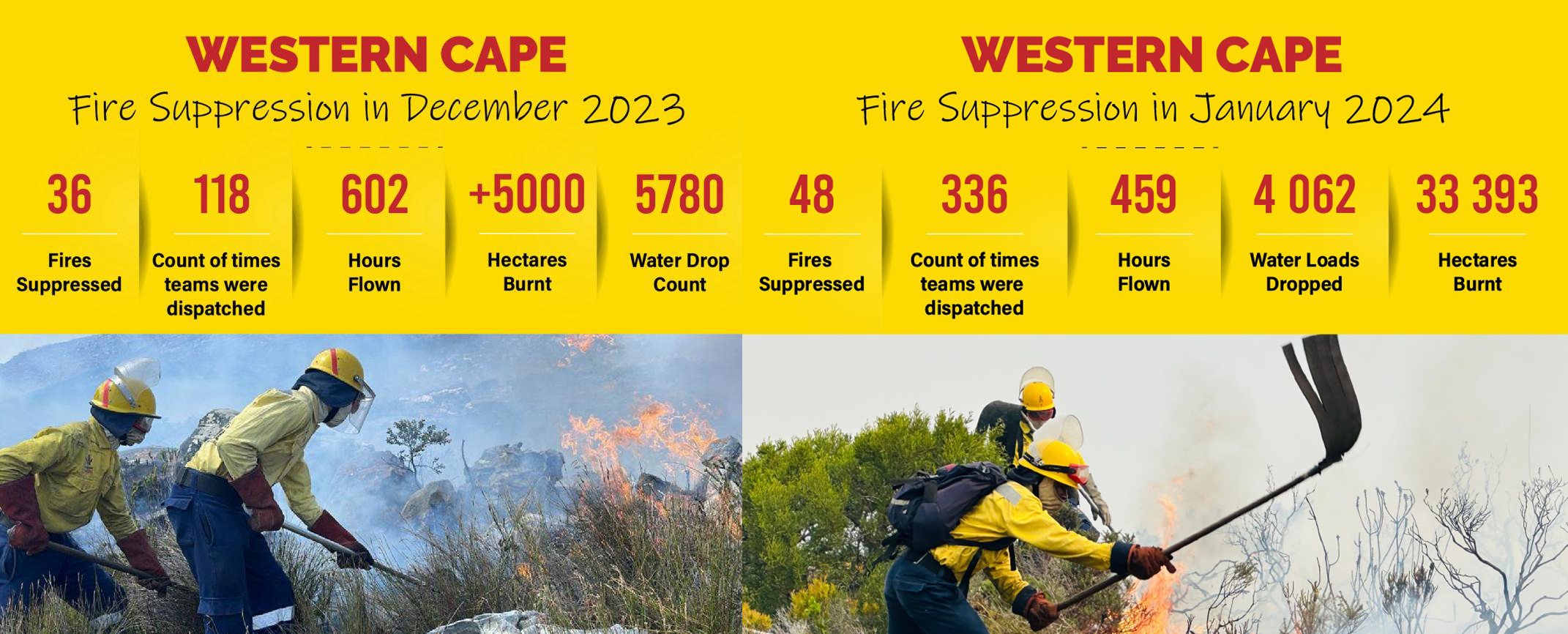
Fires attended to by Working on Fire/Kishugu JV in the Western Cape for December 2023 and January 2024. (Photo: Supplied/Working on Fire)
“The budgets are constrained and are reducing,” said Abrahams.
With firefighting agencies facing ever-growing demands on their resources, some are forced to reallocate funds from other areas of their budgets to cover the costs of responding to wildfires.
O’Neill said that fire and rescue budget constraints have been a factor affecting Overstrand’s firefighting response in recent years.
He added that other factors impacting firefighting efforts in Hangklip and Buffeljags were the lack of defensible space around infrastructure; lack of fire breaks and proper land management, and dense alien vegetation. DM
In part 2 we take a look at what led to the severity of this Western Cape fire season, as well as which vital lessons can be learned from the region for the rest of the provinces ahead of their fire seasons.











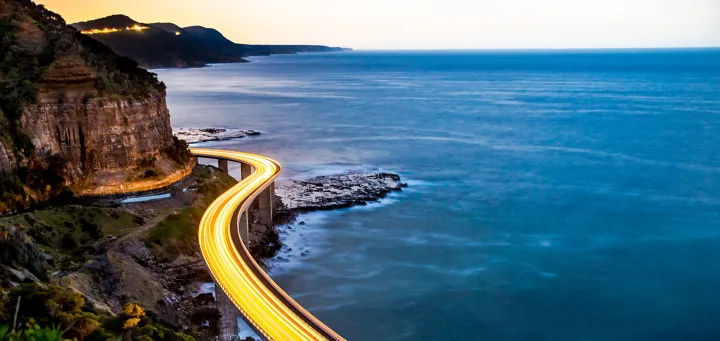




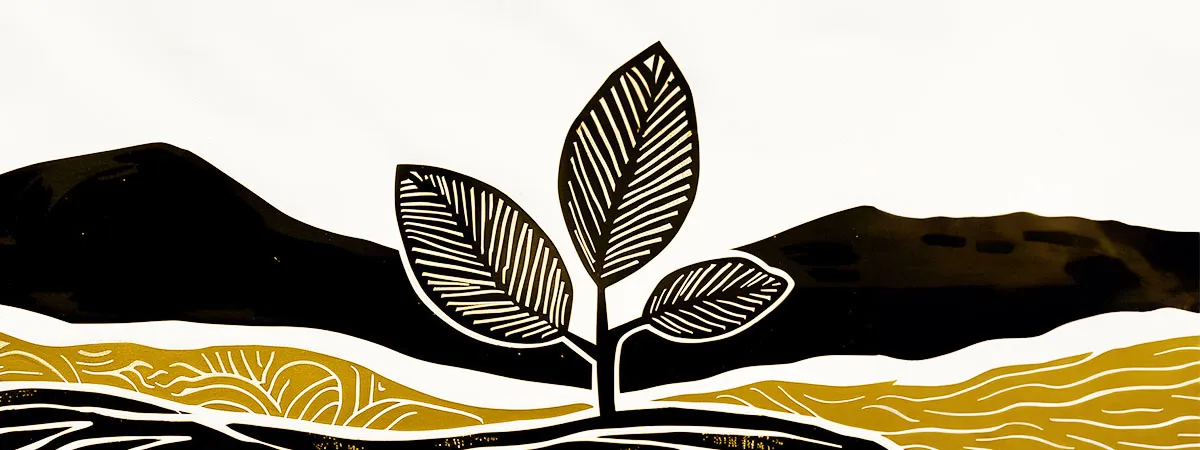
And the big question is ‘who starts these fires?’
I agree. The ANC/EFF have expressed the notion of making the WC “ungovernable”. Their supporters love burning things. Just a thought.
This is extremely scary. Clearly global warming is growing in stature, not just SA, but worldwide. And most countries still ignore it. “The Second Flood”, I believe is already here, and He will take no more prisoners. The world is in a mess, the worse since WW2
Why are you worried? You’re getting your Rupture, sorry Rapture, a bit sooner than all the daft evangelicals thought they would.
Call me a conspiracy theorist but having evacuated my house this afternoon I am now sitting on Boyes Drive watching the heroic firefighters and helicopter pilots trying to extinguish a mountain fire mere meters from my house. Three weeks ago a fire was 400 meters away.
This is arson. The DA run Cape Town well. It is the tourism capital of South Africa – what better way for the ANC /EFF to challenge and dry up Cape Town resources than by HR and financial attrition. It costs money – and lives – to fight fire.
This fire season should be the worst in years because the last 4 months, Oct – Jan, has been the driest in 35 years.